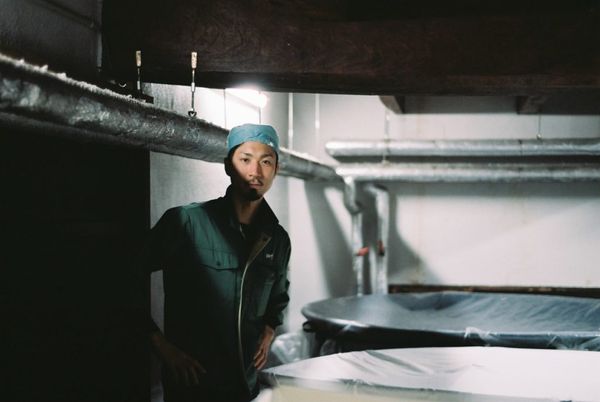Interview by Jessica Thompson. Images by Yusuke Tanaka
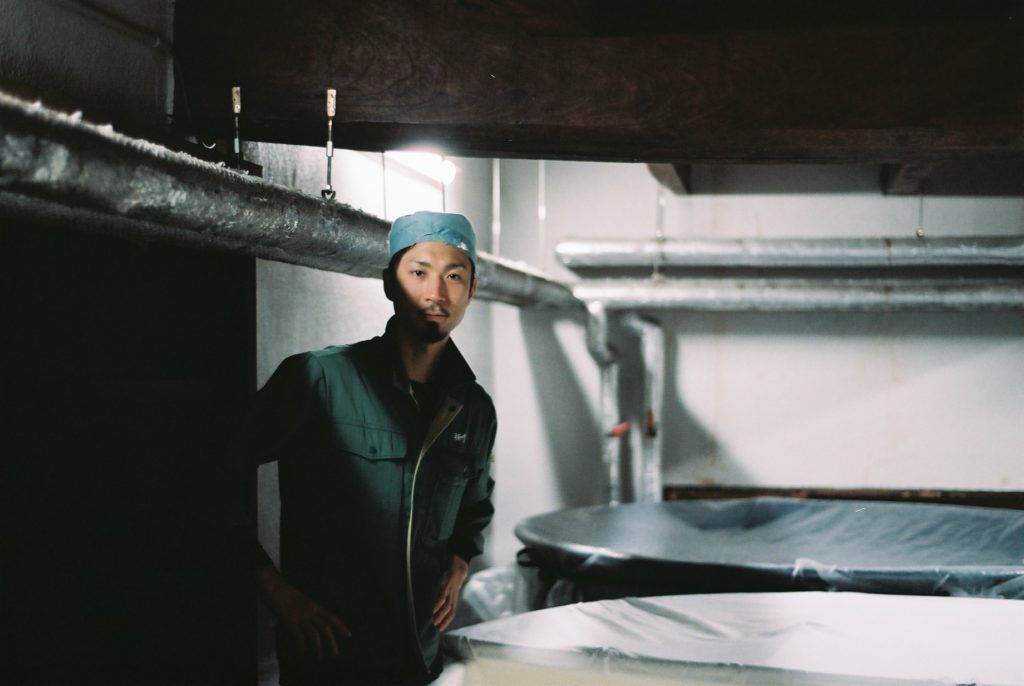
A few years ago, on the way to visit friends living in the countryside of Ishikawa Prefecture, my parents and I stopped at a little jizake (local sake) store to pick up some supplies. The bottles we chose were met with claps and cheers—it turned out, the sake was Tedorigawa, and the brewery, Yoshida Shuzo, happened to be right next door (and a household favorite).
As the sun set that evening, we sipped our Tedorigawa Yamahai Junmai Silver Mountain as we took a stroll through the lush paddocks and picked vegetables from the garden for dinner. Each sip was a synergistic mouthful of rich, earthy liquor, with the funkiness and acidity characteristic of yamahai sake.
Since then, I’ve tried Tedorigawa’s fruity and smooth Kinka Daiginjo Nama at a sake bar in Tokyo. I’ve paired the delicate and sour U Yoshidagura Yamahai Junmai with a white peach gazpacho for a dinner party. I’ve drunk the misty, softly sparkling Kasumi Usunigori perched on a rock by the glassy waters of the Tama River on a romantic weekend away. Yoshida Shuzo’s sake range is immensely variable, but consistent in its elegance, personality, and balance.
The brewery was established in 1870, in a picturesque part of the western Ishikawa Prefecture. Yasuyuki Yoshida is the 6th-generation heir, and in 2017, at just 31, he took the reins as toji (head brewmaster).
Here, Yasuyuki tells APPETITE about things like life as a sake maker, challenges in making sake now, and the movements towards sake with expressions of terroir.

Yoshida Shuzo
We release sake under two main brands, Tedorigawa and Yoshidagura. They’re brewed from the beautiful water the flows 100m under the Tedorigawa river. “Te” means hands, and “dori,“ means to hold in the hands. It is thought Tedorigawa was named so because people passing through the river had to go hand-in-hand because of its rapidly flowing waters.
We believe in the ethos of ‘wajoryoshu’, which means that ‘good sake creates good harmony, and good harmony creates good sake’. It’s a sentiment with the same origins of the name of the Tedorigawa river.
Being a kurabito
We make sake in a team. One person only cannot make good sake, so the power of the team is very important. We consider the end goal together, and work together to achieve that goal. We enjoy the process of making sake, and we enjoy drinking it together after.
When we think that people in the world who we don’t know are drinking our sake and feeling happy, this makes us happy.
Yamahai-style sake
To produce sake with the yamahai method – a method of brewing sake that relies on the lactic acid bacteria naturally present in the atmosphere of the brewery, rather than manually adding it – is much more labor-intensive. It usually takes three times the hours and labor in relative to sokujo style (sake brewed with yeast manually added).
In Ishikawa prefecture, the Noto school of master brewers of the area were reputed for their yamahai-style sake, and this technique has been passed down for many generations. It’s important to preserve this long-established tradition by continuing to brew in this method, but also to be flexible; to tweak and improve it to make the best sake we can. Innovation is precious to preserve traditions by keeping them relevant.

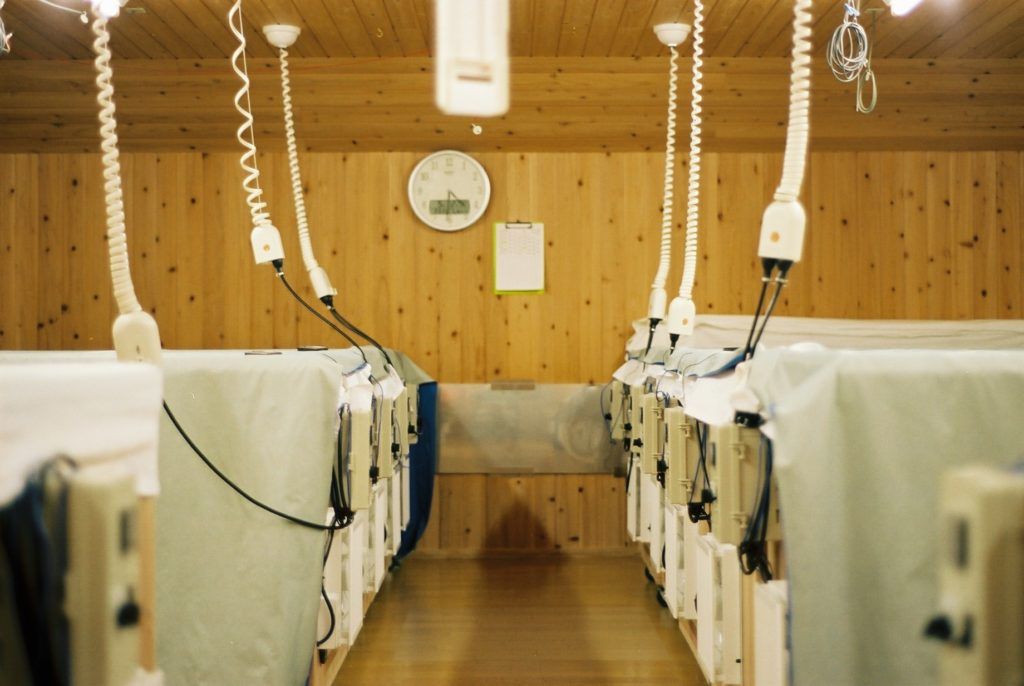
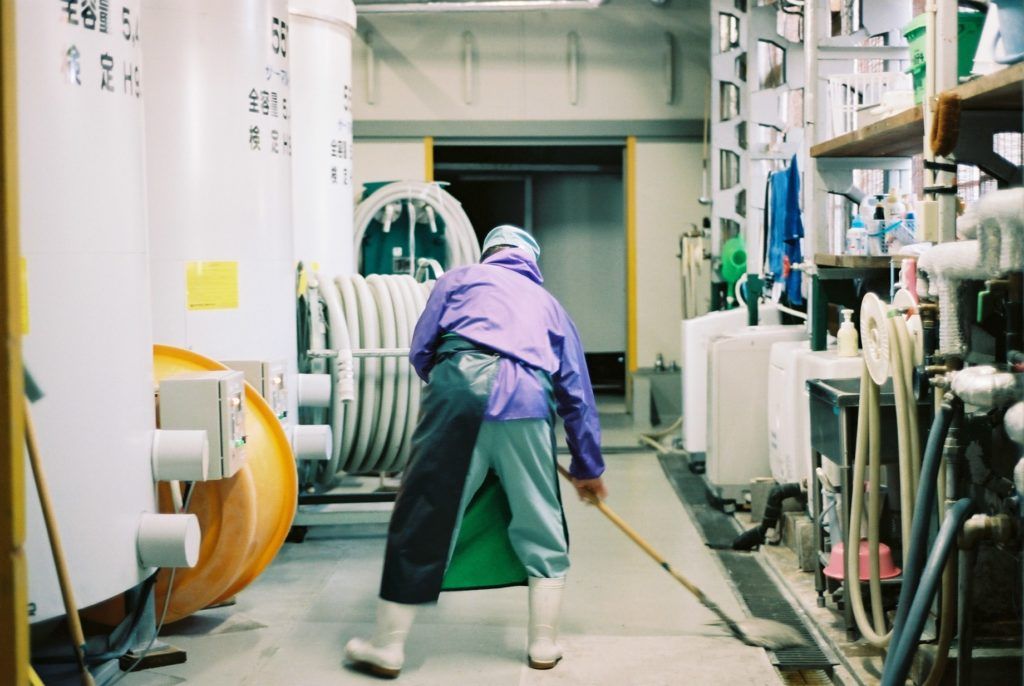
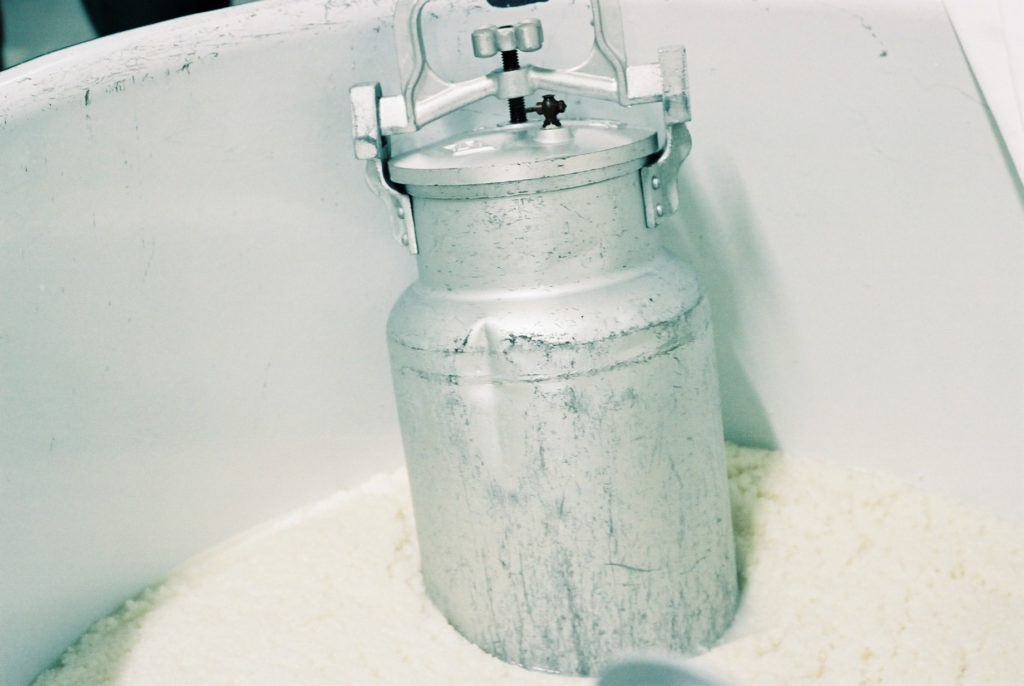
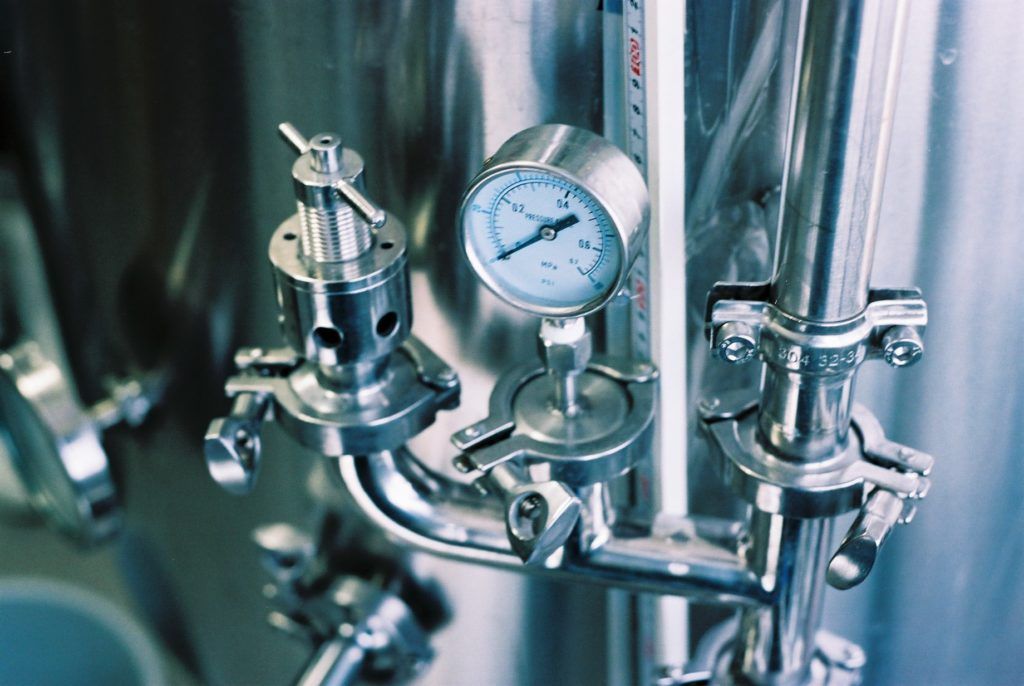
Looking back, looking forward, looking to nature
The ‘natural’ school of thought is spreading gradually throughout the world, encouraging us to think about our natural environment and our own health. In the wine industry, there’s increased interest in wines that utilize airborne yeast and minimum intervention; a similar interest is growing in the sake industry. ‘Back to the source’ is also an important trend in thinking now. In order to preserve the traditional techniques, we reuse the ancient wisdom and improve it in our style.
Because sake-brewings techniques and studies have been improving in Japan, we can brew our desired sake using minimum intervention.
A chance for terroir
A lot of the sake currently produced all over Japan uses rice and yeast from different prefectures—the result is that sake can tend to be similar all over Japan, irrespective of region.
For our sake rice, we use Yamadanishiki – also known as ‘the king of sake rice’ – from Hyogo prefecture, as well as our local sake rice, Gohyakumangoku and Ishikawamon. We contract farmers nearby our brewery to cultivate these local rice varieties. Our yeast is Kanazawa yeast, as we believe this helps us to produce good sake.
I’m excited at the possibility to grow and harvest all of our sake rice by ourselves or contracted farmers, and brew sake with this rice, with local unprocessed water, and with local yeast. We would like to shift the model to improve the quality of rice and protect local farmers and the environment, as well as to be able to create sake that is a real expression of the local area.
The challenges
Making and distributing sake consumes huge amounts of electricity, to ensure low temperatures for good-quality sake. We have to work towards decrease this consumption of electricity.
The number of sake drinkers is declining, especially among the younger generations; they have lots of choice for how to spend their time and what to drink, so the opportunities for enjoying sake and the consumption is gradually decreasing. Our challenge is how to get younger drinkers curious in sake, how to create opportunities for them to try and drink sake, and how to keep interest in sake as well as get new fans.
The future
Pairing sake with the diverse food cultures around the world holds a lot of possibilities, to enjoy sake in the same way wine is matched with a dish. Also, sake changes greatly in its characteristics based on temperature—this is unique in alcohol, and is not well-known in consumers. I hope this knowledge and experimentation with temperature becomes more known and explored.
In regards to production, up until recently, the polishing of rice grains has been regarded as crucial to sake making, but now I think this belief is changing. Highly polished rice naturally produces elegant sake, but rice grains that have been polished less allows for much diversity in the end result.
The possibilities for the future involve respecting tradition, as well as breaking molds.

